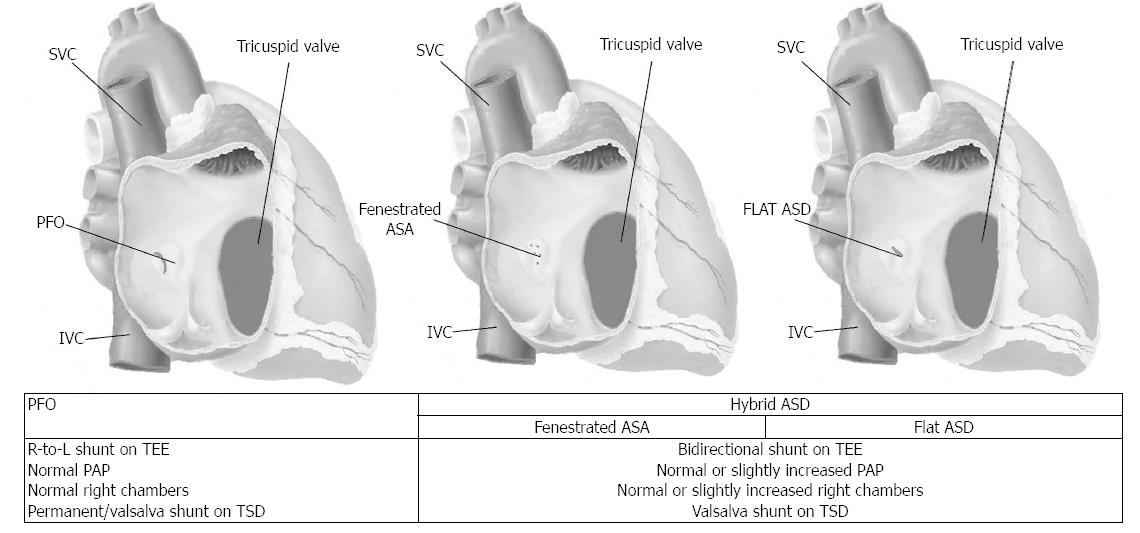

mLST8 by contrast associates with the catalytic domain of mTORC1 and may stabilize the kinase activation loop ( Yang et al. Raptor facilitates substrate recruitment to mTORC1 through binding to the TOR signaling (TOS) motif found on several canonical mTORC1 substrates ( Nojima et al., 2003 Schalm et al., 2003), and, as described later, is required for the correct subcellular localization of mTORC1. mTORC1 is defined by its three core components: mTOR, Raptor (regulatory protein associated with mTOR), and mLST8 (mammalian lethal with Sec13 protein 8, also known as GβL) ( Fig. MTOR is a serine/threonine protein kinase in the PI3K-related kinase (PIKK) family that forms the catalytic subunit of two distinct protein complexes, known as mTOR Complex 1 (mTORC1) and 2 (mTORC2) ( Fig. In this review, we provide an overview of our current understanding of the mTOR pathway and its role in growth, metabolism, and disease. Many aspects of mTOR function and regulation have only recently been elucidated, and many more questions remain unanswered. In the more than two decades since these discoveries, studies from dozens of labs across the globe have revealed that the mTOR protein kinase nucleates a major eukaryotic signaling network that coordinates cell growth with environmental conditions and plays a fundamental role in cell and organismal physiology. al 1995), and revealed it to be the homolog of the yeast TOR/DRR genes that had previously been identified in genetic screens for rapamycin resistance ( Cafferkey et.

al., 1992).ĭespite these insights, the full mechanism of action of rapamycin remained elusive until 1994 when biochemical studies identified the mechanistic (formerly “mammalian”) Target of Rapamycin (mTOR) as the direct target of the rapamycin-FKBP12 complex in mammals ( Brown et. Further analysis of this compound, named rapamycin after its site of discovery (clinically referred to as sirolimus), revealed that it acts in part by forming a gain of function complex with the peptidyl-prolyl-isomerase FKBP12 to inhibit signal transduction pathways required for cell growth and proliferation ( Chung et. In bacteria isolated from one of these samples, Sehgal and colleagues discovered a compound with remarkable antifungal, immunosuppressive, and antitumor properties ( Eng et. In 1964 a Canadian expedition to the isolated South Pacific island of Rapa Nui (also known as Easter Island) collected a set of soil samples with the goal of identifying novel antimicrobial agents.


 0 kommentar(er)
0 kommentar(er)
